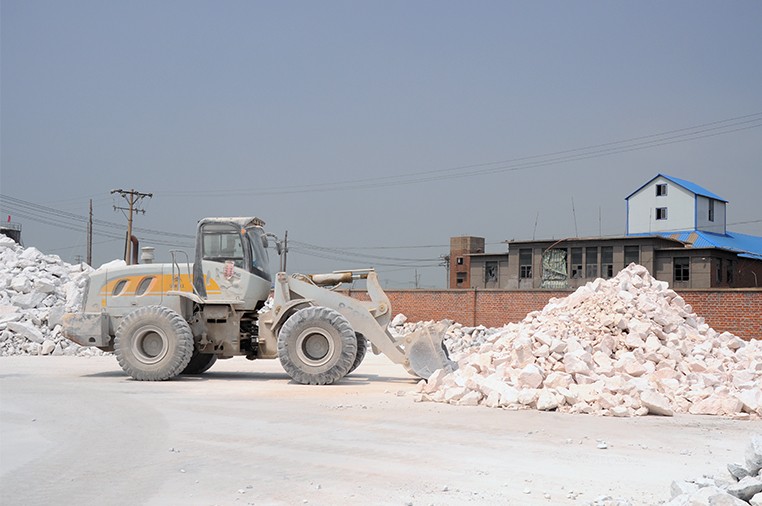With the development of magnesia industry, people pay more and more attention to the use of ordinary fused magnesia, and magnesia has become an important product in industrial production. Understanding the use of magnesia is of great significance for better development of magnesia industry. Magnesia is a general term for the products of magnesite and other magnesia raw materials that have been treated at high temperature to reach the degree of sintering. Magnesia calcined with natural magnesite as raw material by one or two step calcination process with high-temperature equipment such as shaft kiln and rotary kiln is called sintered magnesia; The fused magnesite is formed after magnesite and other raw materials are melted in the electric arc furnace and cooled. Magnesia is one of the important raw materials for refractories, which is used to manufacture various magnesia bricks, magnesia-alumina bricks, magnesia-carbon bricks, ramming materials, furnace repair materials, etc. It contains many impurities and is used to pave the bottom of the steelmaking furnace. Magnesia can be divided into fused magnesia, medium-grade magnesia, high-purity magnesia and re-burned magnesia. Manufacturer of fused magnesia

The medium-grade magnesia is mainly composed of 94% and 95%. The medium-grade magnesia is produced from light-burned magnesia with a MgO content of 97% by pressing ball and calcining in high temperature shaft kiln. The product has good sintering degree and dense crystallization, and is a high-quality raw material for producing medium-grade magnesia refractory products.
Put the dried magnesium iron aluminum spinel brick and magnesium olivine composite brick green into a high temperature furnace, raise the temperature to 1550 ℃, and then keep it for 5 hours for firing treatment. Made of magnesium iron aluminum spinel brick and magnesium olivine composite brick, take out after cooling, take photos, and then test. For ordinary fused magnesia, at different temperatures of 1500 ℃ and 1550 ℃, the linear change rate after firing of the composite brick of magnesium iron aluminum spinel and magnesium olivine. They are the composite brick samples of fused magnesia-alumina-iron spinel and magnesia-olivine brick and the composite brick samples of sintered magnesia-alumina-iron spinel and magnesia-olivine brick at the firing temperature of 1500 ℃. They are the composite brick samples of fused magnesia-alumina-iron spinel and magnesia-olivine brick at 1550 ℃ and sintered magnesia-alumina-iron spinel and magnesia-olivine brick. At the same sintering temperature, the linear change rate after burning of the composite brick of fused magnesia-alumina spinel and magnesia-olivine brick is lower than that of the composite brick of sintered magnesia-alumina spinel and olivine brick. Fused magnesia